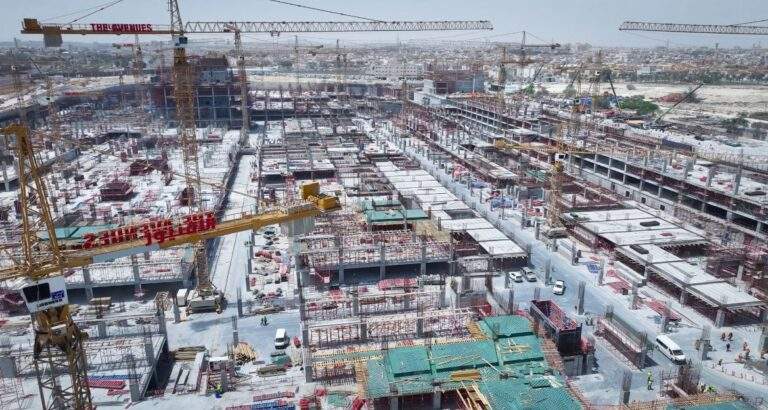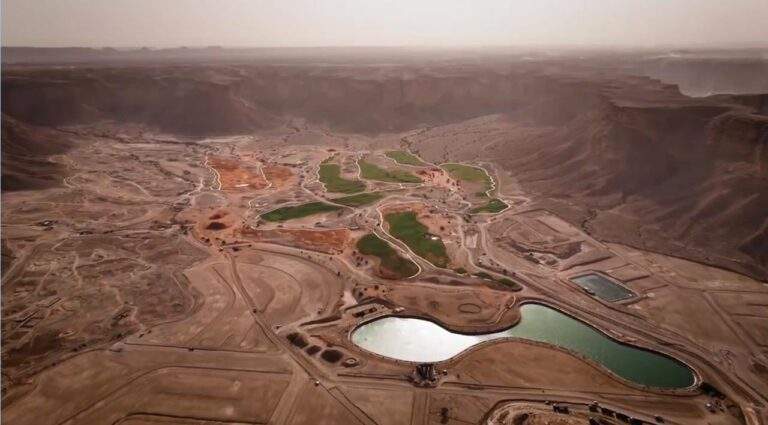The Nuclear waste storage Ontario represents a major leap in nuclear infrastructure and long-term environmental safety. Designed to isolate radioactive waste underground for up to 175 years, the project is a response to the global demand for safe nuclear waste management. With an estimated first-phase cost of CAD 3.2 billion, this facility is set to become a benchmark for future sustainable nuclear solutions.
A Safe and Deep Repository in Ontario
The underground repository for Nuclear Waste Storage Ontario will be located near Wabigoon Lake Ojibway Nation-Ignace, a geologically stable area ideal for long-term nuclear waste containment. The facility will be built between 2,100 and 2,600 feet below the surface, using the natural rock barrier to prevent any radiation leakage into the surrounding environment or water sources.

Construction Details and Financial Overview
The table below outlines the project’s scale and investment breakdown:
| Component | Details |
|---|---|
| Phase 1 Cost | CAD 3.2 billion |
| Total Estimated Cost | Up to CAD 26 billion over 175 years |
| Repository Depth | Between 2,100–2,600 feet underground |
| Construction Materials | Radiation-resistant, corrosion-proof materials |
| Repository Type | Multi-barrier deep geological storage |
The construction demands highly specialized building materials and advanced engineering techniques that ensure containment safety for nearly two centuries.
Key Contractors and Responsibilities
Multiple international and Canadian companies have been selected to lead different aspects of the project:
| Company | Role | Location |
|---|---|---|
| Kiewit | General contractor | Omaha, Nebraska, USA |
| WSP | Design and engineering | Montreal, Canada |
| Hatch | Mining and facilities design | Mississauga, Ontario |
| Thyssen | Mining operations | Sherwood, Saskatchewan |
| Kinectrics | Nuclear consulting | Toronto, Ontario |
This collaboration ensures not only timely delivery but also compliance with stringent nuclear safety and environmental standards.
Project Timeline and Construction Phases
Following approval from government authorities and local Indigenous communities, the project will move into construction, guided by a multi-barrier protection system combining natural and engineered safety measures.
| Milestone | Target Date |
|---|---|
| Completion of approvals | Early 2030 |
| Construction commencement | Mid-2030 |
| Facility completion and operation start | Early 2040 |
| Expected operational lifespan | 175 years |
Such a long-term operational framework highlights the project’s significance in ensuring nuclear sustainability in Canada.

Environmental and Economic Impacts
The Nuclear waste storage Ontario is among Canada’s largest nuclear infrastructure projects. It will:
- Promote sustainable nuclear energy practices.
- Minimize environmental risks through long-term containment.
- Provide technical and engineering job opportunities.
- Foster innovation in radiation-resistant construction materials.
In addition to environmental benefits, the facility will act as a model for international nuclear waste strategies.
Conclusion
The Nuclear waste storage Ontario is not just an engineering feat—it’s a national commitment to sustainable energy and environmental stewardship. As Canada leads the way in safe nuclear waste disposal, this project sets a global precedent for deep storage solutions built on trust, science, and community collaboration.
ArchUp is your go-to platform for everything architectural: news, analysis, and designs from the heart of the modern architectural movement.







